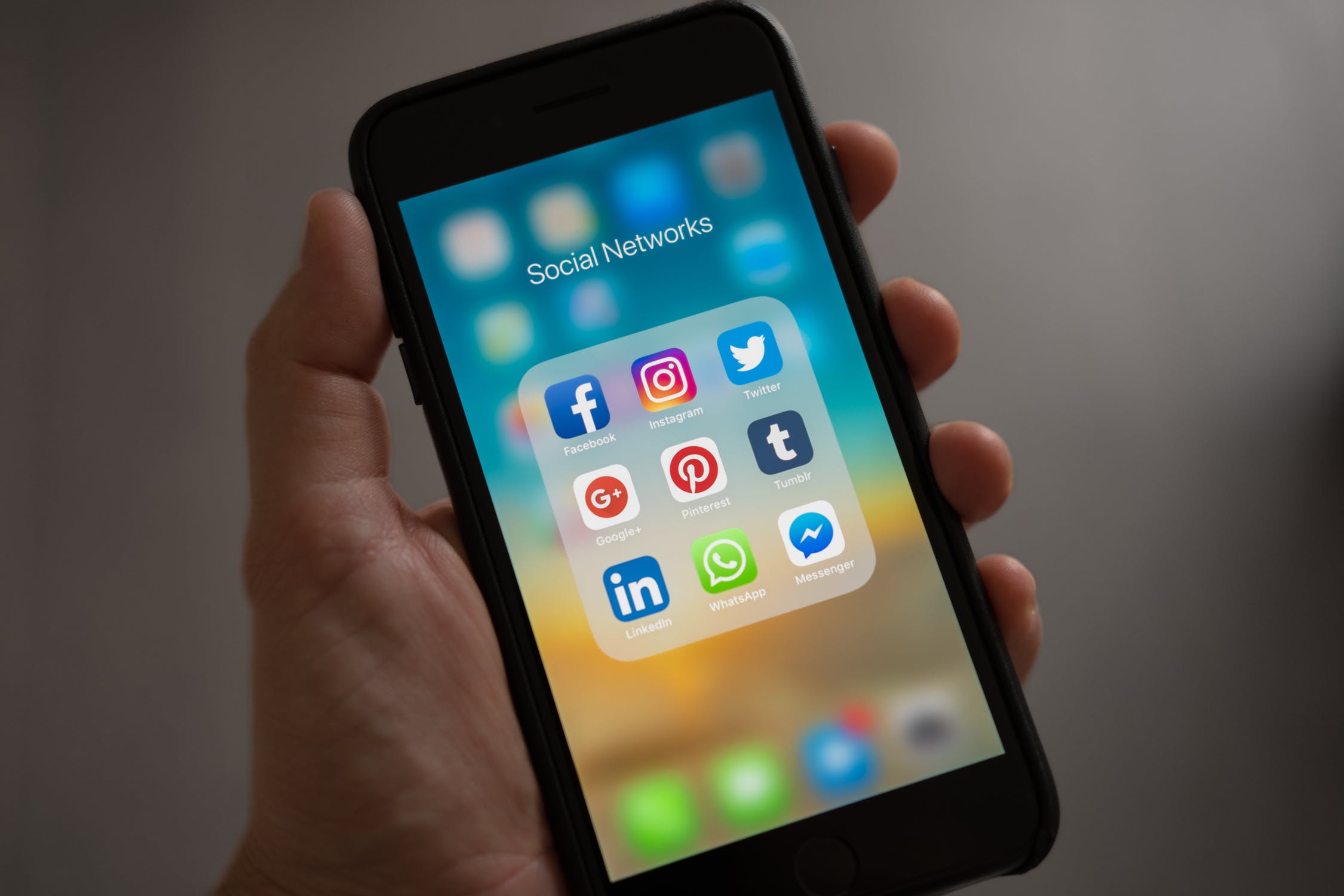-
- Jun 08
-
Macalegin Electronics

- 0
What to look for and how to check different bands (HSPA GSM CDMA)
When you are interested in purchasing a used device you need to make sure it can communicate with networks in the region where it will be used.
Carrier Frequencies & Bands
Verizon 3G CDMA 800MHZ, 1900 MHZ / 4G 2, 4, 13
AT&T 3G GSMA/HSPA/HSPA+ 1900 MHZ, 850 MHZ / 4G 2, 4, 5, 12, 17
T-Mobile 3G GSM/HSPA/HSPA+ 1900 MHZ, 1700/2100 MHZ / 4G 2, 4, 12, 66, 71
Sprint 3G CDMA 800MHz, 1900 MHz/ 4G 25, 26, 41

Understanding Compatability
When you have a device and want to use it with a carrier, the more bands in common the better. Main bands are even more important to make sure your device matches your carrier (they are bold above) iPhones newer than the 5 (2013) and Androids newer than 2014 are likely compatible with all four major carriers 4G LTE bands.
3G and 4G LTE
The G represents “generation” 3rd generation is older and slower, 4G is becoming more common and soon 5G will be rolled out as well with even faster speeds than the previous network solutions.

CDMA vs. GSM
CDMA means code division multiple access, GSM means global systems for mobiles.

